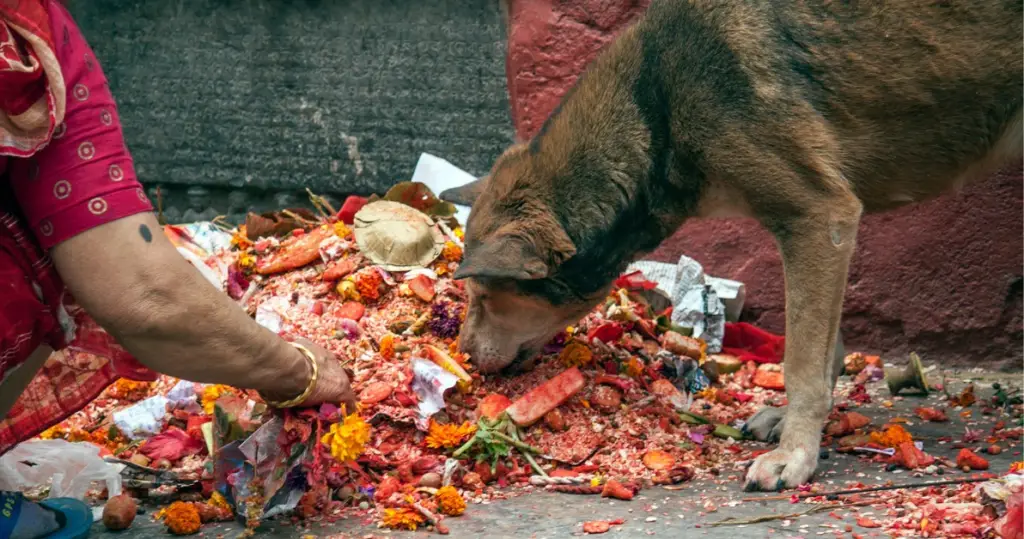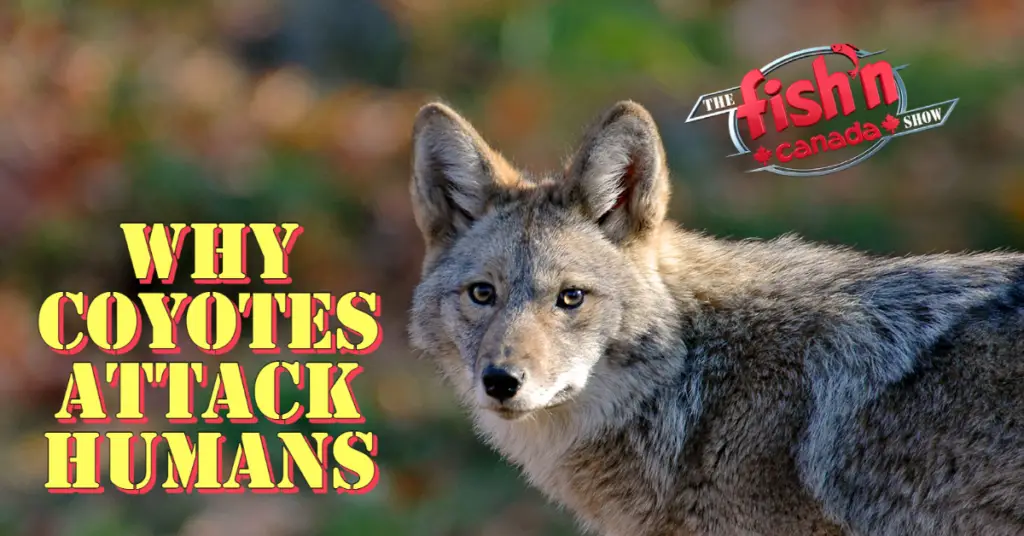Coyotes have infrequent encounters with humans, but when they do, it perplexes biologists as to why these typically timid creatures would target a much larger two-legged prey. A recent study published in the Journal of Applied Ecology provides some insight into this phenomenon.
By tracking and studying coyote behavior in Nova Scotia’s Cape Breton Highlands National Park (CBHNP), researchers have determined that the park’s high rate of coyote attacks on humans can be attributed, at least in part, to moose predation.
The authors of the study describe a unique ecological system where a generalist carnivore, the coyote, has expanded its ecological niche to specialize in preying on a large species like the moose. Unfortunately, this specialization has also increased conflicts with humans.
The severity of these conflicts is not to be underestimated. While there has been only one documented case of a fatal coyote attack in the United States and Canada: it occurred in 2009 in Cape Breton Park. A 19-year-old folk singer from Toronto was hiking alone on a popular trail when she was attacked and killed by two coyotes. Although she was found alive by other hikers, she succumbed to her injuries later that day.
Nationwide, coyote attacks are rare, but Canis latrans is responsible for 31% of all documented attacks by large carnivores, making it the most frequently reported offender. Coyotes in Cape Breton Park appear to be particularly aggressive, with the park recording 32 coyote-human incidents in recent years, including seven cases where people were bitten and injured.
Typically, coyote attacks occur when they perceive human food as a readily available source. They lose their fear of humans and become bolder in their attempts to obtain leftover pizza or other food scraps. However, the situation in Cape Breton Park contradicts this narrative.

Humans and coyotes often find themselves interacting with one another
This park, spanning 234,000 acres, has a low human population, and GPS collar data indicates that coyote packs have extensive territories. This suggests that the animals are not gathering near human settlements and consuming leftover dog food in yards.
Furthermore, when researchers examined stable isotopes in whisker samples and coyote scat, they made an unexpected discovery: the majority of the coyotes’ diet consisted of moose meat, not human food.
By employing mixing models, it was determined that moose accounted for an average of 52.5% of the diets of 28 out of the 32 studied coyotes. A previous study conducted in the same area in 2019 also found that moose constituted 57% of the coyotes’ diet, with even higher percentages during winter and spring, sometimes surpassing 70%.
Typically, coyotes rarely consume moose. However, due to the scarcity of prey in the park, particularly hares and deer which are usually their primary food sources, the coyotes adapted by preying on North America’s largest ungulate. Researchers believe that most moose consumption resulted from scavenging, but there was also evidence of direct predation.
The researchers noted instances of predation, such as one winter tracking revealing a carcass with signs of predation and live adult moose observed with fresh wounds consistent with coyote bites, in addition to coyote tracks leading to the moose.
Coyotes likely target moose when they become trapped in high snowdrifts, which frequently occur in the park.
So, what does this have to do with coyote attacks on humans? The study’s authors speculate that after successfully facing off against a moose, coyotes no longer perceive humans as intimidating. Additionally, the park prohibits coyote hunting, which may contribute to the coyotes’ bold behavior towards humans.
Biologist Seth Newsome stated, “If they were learning how to successfully hunt moose, then hunting a person is probably not all that difficult,” highlighting the potential connection.
The authors caution that Cape Breton Park presents a unique ecological situation. The park’s landscape, combined with restricted hunting and the absence of typical prey species, forced coyotes to focus on an animal they would not normally target. Therefore, if you reside in an area where coyotes and moose overlap, there is no need to fear being attacked by a 40-pound wild dog.
However, the researchers still encourage wildlife managers and outdoor enthusiasts to remain vigilant when these distinctive circumstances coincide, and perhaps carry a can of bear spray, even though coyotes are the largest and most formidable carnivores in the vicinity.




